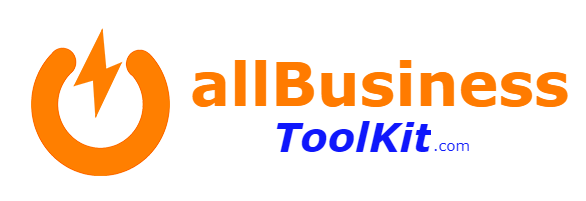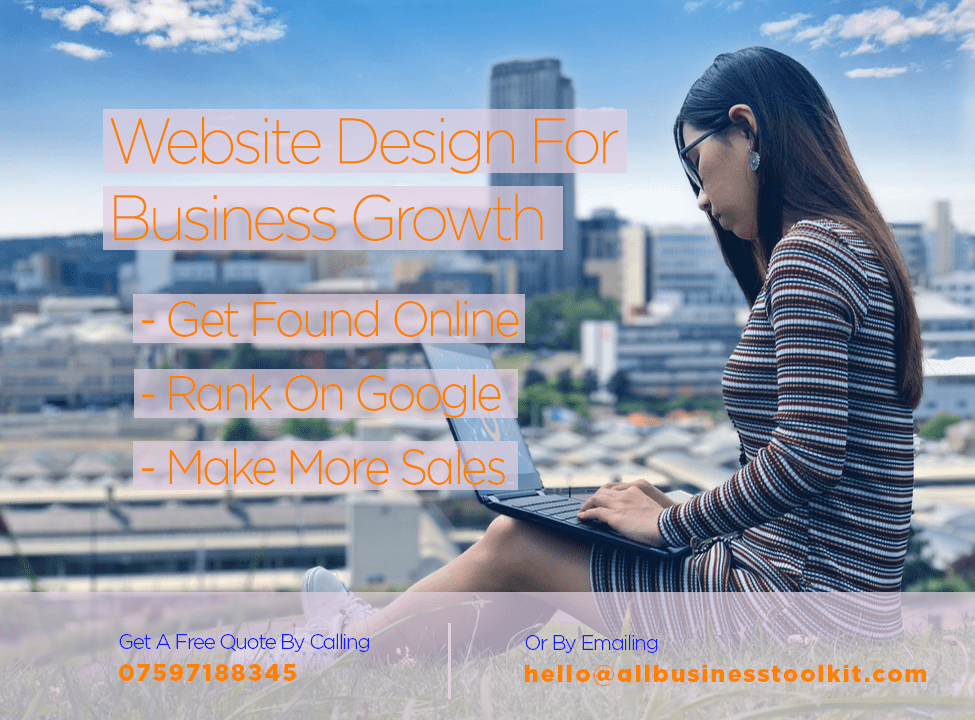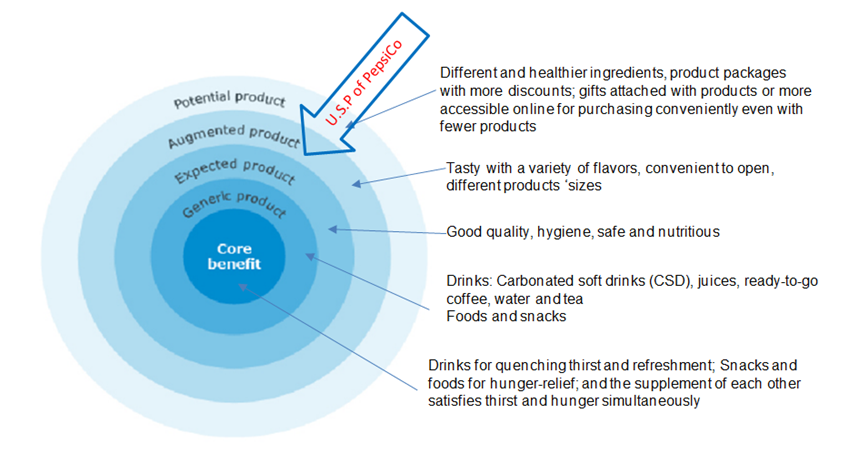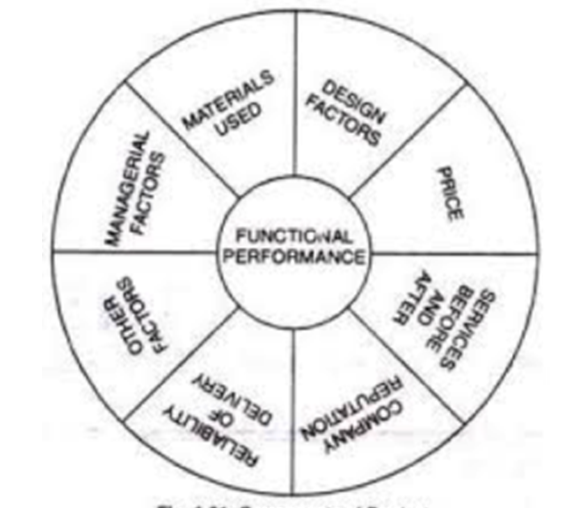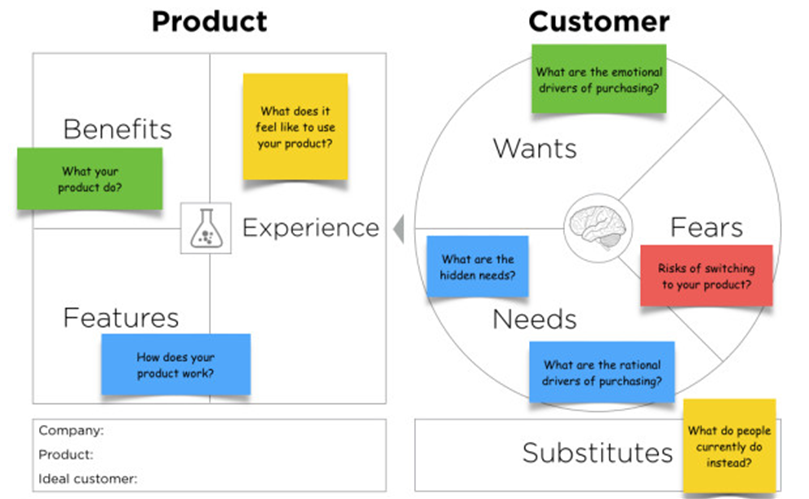Whilst conducting your marketing efforts you need to be mindful of the perceived value your products offer.
Product Positioning is the process of building and promoting the offerings of your business. There are certain tools available to help you find your place in the market that is ideal to the customer demands.
In this article, I will take you through some of the tools so that you are able to position your product with greater insight.
1. What Is Product Positioning?
Product positioning is the term used to promote and sell your products to your target customer, by presenting and delivering the the benefits in the most ideal way that is pleasing to your customer.
You must leverage the value your product delivers and the right message. In order to do this you conduct market research, interview potential customers and pick their brain to determine favourable responses and benefits that is pleasing to the customer.
By knowing this valuable information you can streamline the management side of delivering the campaigns and only focus on those tasks that add value to the customer whilst avoid those tasks that don’t. In turn, increase productivity, reduce costs and even increase sales.
2. Why Is Product Positioning Important?
Product development and brand messaging are two crucial components of products positioning. These factors alone help you differentiate the product from the competition. So that when you intend to go about building brand awareness your message will resonate better with your target audience.
Product positioning is a very important component of any marketing plan, by which it sits right at the center of any strategy you create. This is because the product is the whole reason why customers are coming to you.
In addition, you will find there may be many different way people try to position there products, as there will be many groups of customers interested in your product. However, it is important to stay focused on the primary target audience. The worst mistake a marketer can make is trying to appeal the product with secondary customer groups. The mass marketing method has proven over years of experience that trying to attract many groups of customer at one time is least effective, because this means you basically have no real positioning strategy.
Product positioning is always subjected to one main customer group and tailor the product to that group as vigorously as possible.
2. What Is a Product?
In marketing, a product is anything that you and your customers are willing to change for money votes or time.
For example, a product could be a trip to a theme park, the fund raising effort by the Red Cross, political landscape and even a football star such as Cristiano Ronaldo.
When you are driving and you spend your time, listening to a certain album is also a product.
One of the best ways to think about products is from the tangible and intangible components.
Tangible components are things that take a physical appearance such as a mobile phone.
Intangible components do not take a physical appearance such as a service.
4. The FIVE Product Levels
As discussed, a product is anything that offers both tangible and intangible benefits. But, what are the components that make a product?
These are important, and many startups that fail do not include all these components, which make the product incomplete.
Every product is made of FIVE product levels.
By knowing, the product levels we will start to maximise the value of our target audience.
4.1 Five Product Level Model
The diagram helps us think about the value we are offering to our customers
4.2 Core Product
The core product is the intangible outline of the problem our product aims to solve.
For Example, apples iPhone’s core product is that it is a SMART phone.
4.3 Basic Product
The basic product is also known as the actual product.
This outlines what the physical product is that satisfies the core product.
For Example, apples iPhone’s actual product is that it is a touch screen SMART phone. This phone also has one button.
4.4 Expected Product
This is about the aspects a customer assumes is included in the product.
There are a ton of features that are expected to be included in every phone nowadays.
For example, apples iPhone is expected to connect to the internet as well as text and call.
4.5 Augmented Product
This refers to aspects of what the car has that the competition doesn’t.
Apple was able to augment their product through brand orientation.
The Apples brand offer significant brand promise that other mobile manufacturers do not offer.
They also offer apple care alongside various different services to help assist you if you was to ever damage the phone.
4.6 Potential Product
The potential product is deliver value that no one is yet delivering in the market.
We need to think about the value we currently offer and think how to either improve this or innovate something new altogether.
That is within our organisations reach, and value that distances itself from your organisation.
Businesses often create partnerships or acquire new companies to deliver a potential product level.
For example, apple purchase beats and is now selling beats as part of the iPhone; however, this could include waterproof phones.
4.7 Pepsi Example
FIVE Product levels of Pepsi
The core product should meet basic needs in a practical effortless way. However, an organisation always needs to have their eyes set on the potential product because the chances are the competition is also doing the same thing.
The transition from core product potential product should be regularly evaluated because it can change.
But, more so this is how innovation takes place by incorporating more potential into core product, over time become expected by the audience.
According to Porcini, ‘PepsiCo’s Chief Design Officer’, he states: “different consumers with different perceptions value experiences, solutions or stories from PepsiCo’s brands, more so than products themselves” (Michelle, 2017).
Communication is a way to position a product and through this you can attract more emotional elements of psychology (not just the rational).
This is because as can be observed that the five elements of value (Style, Brand Promise, Features, Convenience, and Service) are only the tip of the iceberg.
When marketing a product it is the association of the product messaging that people pay for. However, the message has to be reflected in the SIX value elements.
5. Product Differentiation
Product differentiation is the process of offering some form of value to the market that other competing businesses are not offering.
This can happen on each level from the basic product level to the potential product level.
In order to differentiate it will not happen on the basic level, otherwise this is a complete different innovation altogether.
For example, if your product is a means of transportation the core product would always be a means of transportation.
What differentiates this means of transportation will be clear in the other levels.
As Marketers, for each level we need to think about the Value we currently offer, that is within our organisations reach, and value that may be further away from your organisations reach but it includes those extra levels to beat the competition in the market.
5.1 Differentiation Model
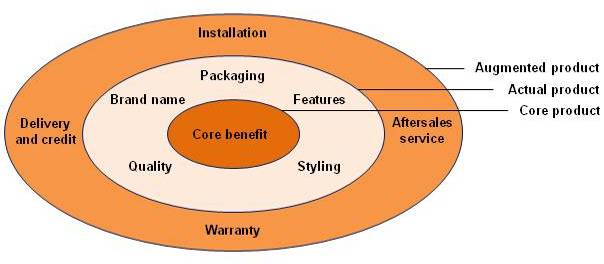
- Packaging – this is how we wrap the product.
- Features – these are functions the product serves providing greater convenience
- Quality – this is how well the product performs
- Styling – this is how people perceive the product
- Brand values – these how people perceive the brand
- Additional services – we offer these an extra attachment to the main product
- Installation – this is how easy we make the product for first time use (straight out the box)
- Guarantees – these are promises your make
5. Branding A Product
We brand a product by using the product characteristics model. This is like the brand personality (which we use for branding a business), but more specific for products.
Product characteristics are traits that give a product a personality. More so, traits are those elements people can bond with.
In addition, this has to correlate with the brand image, and is also a way to build a stronger brand image.
More premium brands keep their product characteristics very similar if not identical to their brand personality.
We see this in all the businesses in the world such as Apple and Coca Cola.
The main Coca-cola original flavour has the same characteristics as the brand personality. Then they have their subsidiary products such as coke green which personality is slightly different. Mainly the main message and the colour green.
5.1 Product Characteristics Model
Product characteristic is the different components that form everything from what a product looks to how it functions.
- Functional performance – can refer to everything around how well the product does the job. This can be engine speed, and brake horsepower for a car dealership.
- Design – refers to the product look and the style.
- Price – finding the right price is a very crucial. We determine this by the product worth in conjunction with the value you deliver.
- Services – before and after this would include things such as customer service and warranty.
- Company reputation and, or product reputation – I would like to change this to product reputation. Mainly because when a company earns reputation, people project that reputation on the brand of the business, more so than the brand of the product. To sum up, a good product will build the company brand.
- Reliability of delivery – this again would be a brand aspect not product.
- The materials we use – people associate this with the quality of the product and how long it would last
The closer you can meet those traits to your target audience the higher chances of beating the competition. The product characteristics are everything from how we package a product and the type of materials we use.
6. Developing A New Product
It is inevitable that a growing business will need to someday improve its product.
This is because every product goes through a life cycle of when it is first introduced into the market.
6.1 Product Life Cycle
Introduction – this is when a successful product first enters the market. At the initial stage there are high development and promotional costs. At this stage of the product cycle it takes times a bit of time to expand the market.
Growth – Once the market has had time to adjust to the new developments, they begin to accept it. This is when people realise the demand for the product.
Maturity – sales will eventually peak and then stabilise because of saturation. This is where competition is at its highest. We have to create new innovative solutions in an ever transforming market, to establish growth else the business will go into decline.
Decline – sales and profit will fall because of a product that is no longer needed in the market. This stage there is most likely alternative and more convenient ways to get round the problems your customer base has. At this stage your business will need to reduce production lines and look into product development or substitute products the discover growth.
6.2 The Types Of New Products
Because of declining markets if your business is to survive for the long term then developing products must be done.
There are five types of new products:
- Revolutionary new product – the like of something we have never seen before
- Improved products – these are existing products that have been improved
- Modified products – this can combine the features of older models
- Adapted products – these are products that we modify to fit the preferences of a particular audience
- New brands – releasing a existing product under a stronger brand
By understanding the types of product, we can begin to understand what product we make to build growth.
6.3 The Product Development Process
- Idea Generation – This could include an activity of brain storming, but the main focus is trying to find an idea that has potential to generate money. Warn buffet is famous for creating thousands of the same products and testing everything.
- Screening – this is assessing which ideas hold any significant commercial value.
- Concept Testing – this is exploring the idea generation value in a more tangible level to test against potential customers.
- Business Analysis – this is estimating what the concept idea will be worth through estimated sales and revenue.
- Product Development – this is the development of the concept product into a finished design, but at low volume. In the idea generation phase we collaborate with our target audience.
- Market Testing – this is testing how many people actually purchase the product. With fewer products available, we can run test to establish if this is worth taking the mass market.
- Commercialisation – At this point, we know we have a product people value and want to buy. This becomes the process of telling more people about it.
7. Value Proposition
7.1 What Is Value Proposition
To truly understand what a value proposition is you need to understand the term value in context of business.
This is described by (Lindgreen, A., & Wynstra, F. (2005) as the benefits perceived in a product by the market or customer.
This mean the proposition is your proposed solution delivered to the customers outlined from the value in the market.
In contrast, Anderson & Narus (1998) describes value proposition as giving an organisation a competitive edge, by knowing their demands.
Moving forward some years Osterwalder (2014), describes it as meeting the customer demands by clarify your customer understanding within the products and services, and align your solution with the customer demands.
From my experience I better understand Value Proposition is described by Value proposition are concise statements that summarise features in your products that always correspond directly to your customer’s needs.
7.2 Why Is The Value Proposition Important?
Discovering the Value Proposition for your products is the most important activity to accomplish before you begin your marketing efforts.
This is because it discover product market fit.
It must be done right else your whole business model will not work.
Your business a model is built around the core benefits customers value.
These benefits are captured in the value proposition.
This makes the Value proposition is the main thing you need to test. In the current model is outlined from customer need analysis and segmentation.
Explains how your product solves customers’ problems or improves their situation (relevancy),
Delivers specific benefits (quantified value),
Tells the ideal customer why they should buy from you and not from the competition (unique differentiation). Non-it should not be used as an evaluation tool
7.3 Value Proposition Statement
The value proposition statement is an overarching statement that summarised the benefits the product delivers to the customer. Before, creating the value proposition statement you need to understand the benefits that the customer are seeking
Value proposition is a statement that explains the problem your products solve for your customer.
It outlines the benefits and captures why the ideal customer should choose your product over the competition.
The shorter the statements the more concise they usually are. The value proposition acts as a bridge between your customers and the products you sell.
7.4 Value Proposition Canvas
This is used to try and find the alignment between the product and the market.
The value proposition canvas is used to encapsulate the product value and understand its specific benefits for the potential customers.
The values captured within your product are always factual and rational. By this I mean, not emotional or tied to any sort of feeling of influence. The product onion is a model that can be used to outline the visual representation of your product, and the pains it solves for your customer. It is broken up into 5 levels to try and capture the specific requirements of that customer segment.
Before, now you know the purpose of the value prop, you construct you value proposition you need access to two marketing documents. Firstly segmentation report. Secondly, customer service reports, complaints, need analysis, feedback, and customer requests.
Created a process whereby creating the value proposition. This is called the value proposition canvas and it is broken down into
Value proposition canvas model
There is a lot going on when trying to capture value and it can be relatively confusing when trying to market a product. This is because a product must have a consistent message with so many elements. If your message is not consistent with your brand or the product, the contradictions will work against you and not for you. A way to simplify this, and encapsulate it all is through the value proposition.
8. Assessing Your Product Position
In this section, I will provide an example of the style and features of the products.
These features may link with your brand image, but not always.
Volkswagen is known for its reliability and performance. However, its previous slogan (Das Auto) does not suggest this.
The products style and features are focused more on how the product looks and performs.
Again, we extract this information from the customer perception for most accurate results and we obtain it from the personas we created during the customer profiles stage.
8.1 Perceptual Map – Volkswagen Example
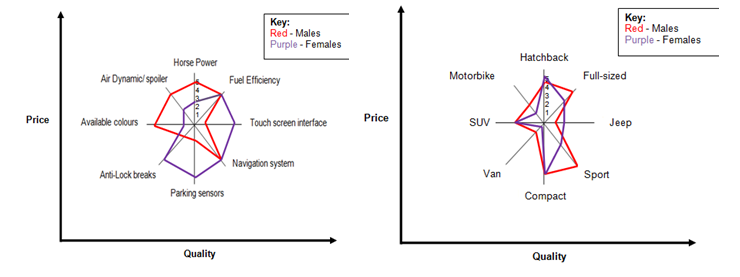
To note: The above data is my perception only. As discussed a brands identity is how customers perceive it. It would be required to get this data from customers and the public to get a most accurate depiction by conducting additional market research.
Females segment feel it is important to have comfort and elements of play and entertainment as a necessity for themselves and their passengers.
After some quick research, I observed that SUV’s are trending.
In addition, having upgraded technology systems are also a necessity whilst emphasis is required on the car performance.
Males and females have similar characteristics as they require different things in terms of style. This means the position will need to be differentiated in order as a general style could result in not attracting any of the segments.
9. Price Positioning
Three strategies for creating a pricing are cost based pricing, value based pricing, and competition based pricing.
Cost base pricing is a pricing method in which a fixed sum or a percentage of the total cost is added (as income or profit) to the cost of the product to arrive at its selling price.
Value-based price is a pricing strategy which sets prices primarily, but not exclusively, according to the perceived or estimated value of a product or service to the customer rather than according to the cost of the product or historical prices.
A pricing method in which a seller uses prices of competing products as a benchmark instead of considering own costs or the customer demand
9.1 Price Positioning Map

The method used to analyse this was the competition based pricing method.
As you can see there is a gap in market where vehicles costs, so it could be potential to position your pricing strategy this way.
Conclusion
This article provides the three tools to capture value within the product you offer.
The first tools are to capture the benefits people have in your products.
This is understood from Style, Brand Promise, Features, Convenience, and Service.
The second tool to use to capture the benefits is the value proposition and the value proposition canvas.
This is used to capture information about how the product will be used meeting the customer needs.
Lastly, the value union provides a visual representation of what the product will look like capturing value through out.
After outlining how the product is used in the customer profile map. The products and service is broken down into the gains it provides to the customer and problems it solves.
These will be encapsulated in the product onion.
This is where you start defining your niche as each one of these factors will be different for people.
What differentiates you could be through the augmented level but this is only temporary and also provides the sense that you product is attracting the mass marketing principle.
References:
Osterwalder, A., Pigneur, Y., Bernarda, G., & Smith, A. (2014).
Kotler, P. (1967). Marketing Management: Analysis, Planning and Control. Prentice Hall.
Kotler, P., & Keller, K. (2016). A framework for marketing management (6th ed.). Harlow: Pearson Education
Rose Hong (2017). Strategic marketing plan. Sheffield Hallam university
Anderson, J. C., & Narus, J. A. (1998). Business marketing: Understand what customers value. Harvard business review, 76(6).
conversionxl (2018). How To Create A Useful Value Proposition w/ Examples. [online] CXL. Available at: https://conversionxl.com/blog/value-proposition-examples-how-to-create/ [Accessed 6 Feb. 2018].
Lindgreen, A., & Wynstra, F. (2005). Value in business markets: What do we know? Where are we going?. Industrial Marketing Management, 34(7), 732-748.
Osterwalder, A., Pigneur, Y., Bernarda, G., & Smith, A. (2014). Value proposition design: How to create products and services customers want. John Wiley & Sons.
